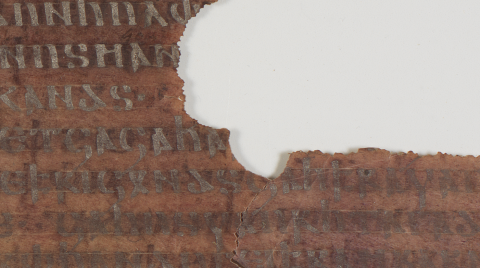17 XII (4.45 Warsaw time): Marta Szada (Nicolaus Copernicus University, Toruń), The Gothic language and the Homoian identity in the post-Roman successor kingdoms

Abstract
The Gothic was one of the languages spoken in the fifth- and sixth-century Italy, Gaul, and Hispania but as it was linked with political actors who had a decisive influence on the transformation of the post-Roman West, the role of Gothic in the social practice acquired complex political, ethnic, and cultural meanings. Gothic could be used as a distinctive marker of a given class of people (e.g. the military) or a tool to maintain the cohesion of Gothic communities. But Gothic played also an important place in the tradition of the Homoian church: reinvented in the fourth century by Bishop Wulfila as a literary language capable of expressing the complexity of the Scripture, it remained throughout the fifth and sixth centuries a venerable way to transmit Christian doctrine, pray and worship. In this paper, I would like to investigate how the ethnic aspects of the use of the Gothic influenced the Homoian Christian identity. Several questions will underlie my discussion:
- Were the Gothic Christian tradition (Wulfila’s translation of the Bible, for example) meaningfully and recognizably Homoian?
- Was the use of Gothic interpreted by the outsiders as something characteristic for Homoians? Was it crticized as a difference in religious practice suggesting heresy?
- Did Homoians use the Gothic to set themselves apart from the Nicenes?
- Was the Gothic absent from the Nicene communities?
I will also consider a more general problem of Christian approaches to the plurarlity of languages, especially asking whether there was a concept that some languages suit better to communicate with God and teach orthodox doctrines.
